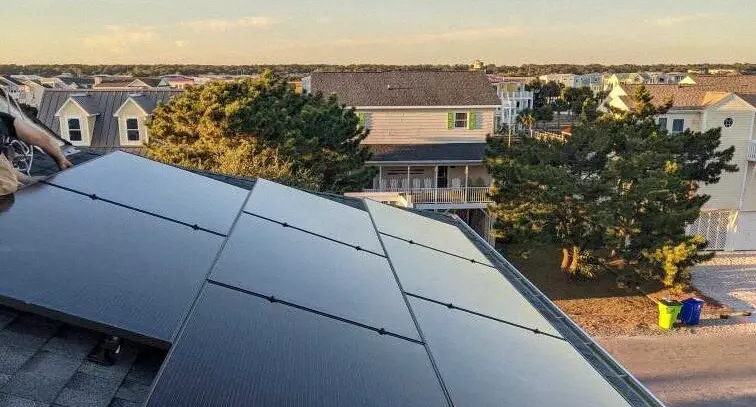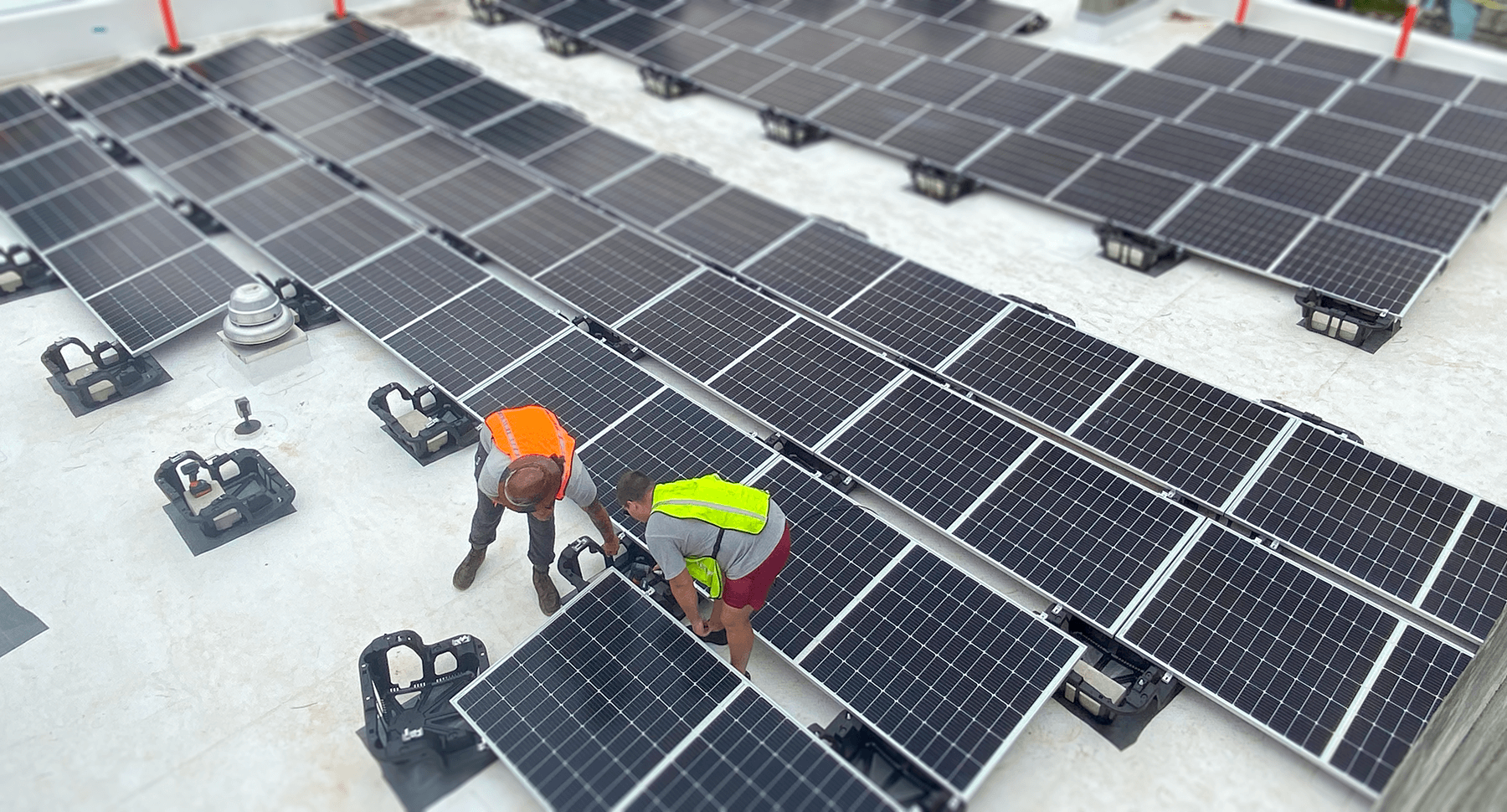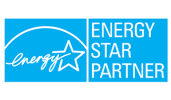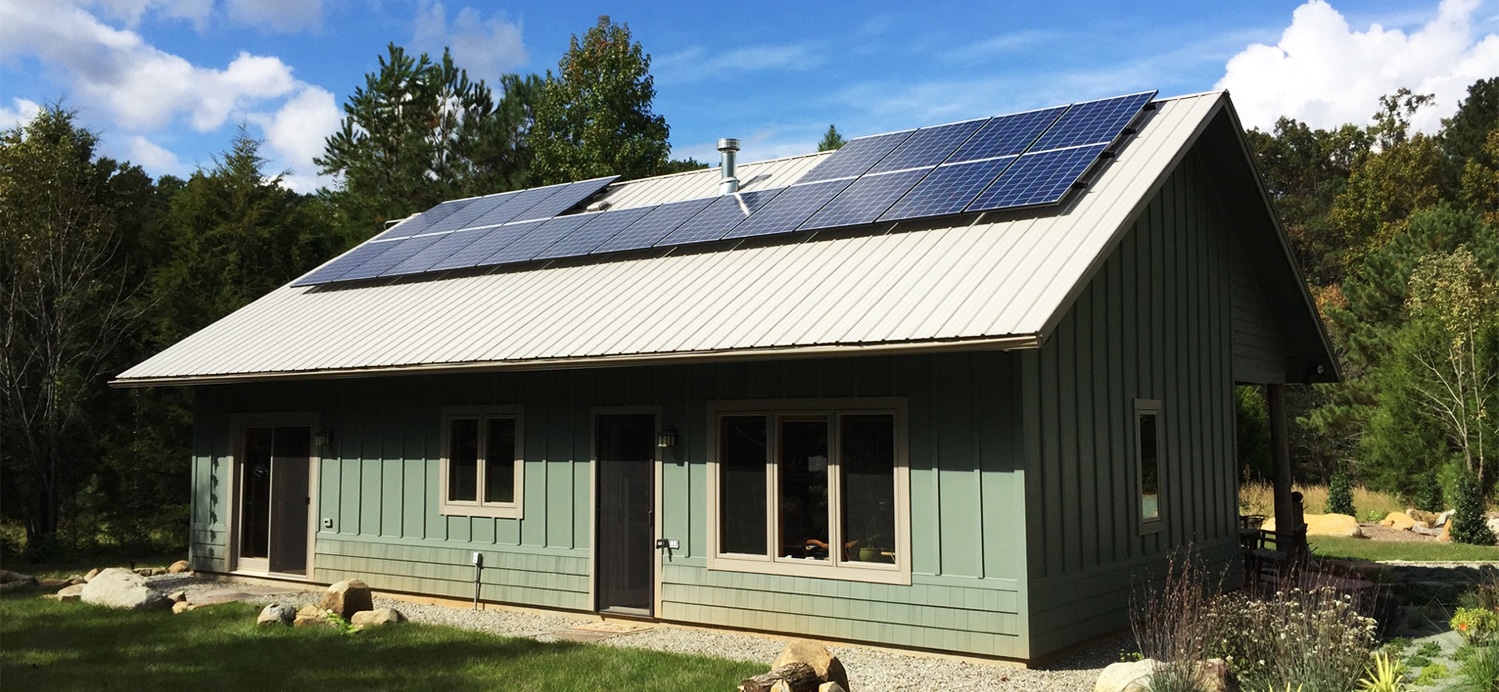
Where Do Our Solar Panels Come From?
Here’s a challenge! Find something in your home that uses energy and is 100% made in America (yes, parts, pieces, and production included). Between your television, computer, cell phone, car, and refrigerator, we’re betting not one of these would make the list. Like all other tech products, where a solar panel is assembled does not paint a complete picture of where the panels actually come from.
Since the recent solar tariff was put in place, we have gotten a lot of questions about where our panels come from and whether they’re American made. You might have stumbled on solar guides that say you should purchase panels from anywhere but China. Or maybe you’re wondering if there’s a cost savings to buying American made panels with the new tariff in place. We think the focus on where a panel is made is slightly misplaced so we’re here to clear a few common misconceptions.
Quick Facts
- The recent solar tariff has people wondering where our solar panels are made and if we offer American-made options.
- Manufacturing and assembly are not one in the same.
- Solar panel manufacturing is a global industry.
- Solar panels assembled in the the US have parts from China, India, and other countries all around the world – and vice versa.
- We don’t currently recommend any “American Assembled” solar panels.
- Our current panels are made by REC, LG, and Hanwha Q CELLS for residential systems. We use Astronergy for commercial installations.
- You should support American solar by using a local North Carolina solar installer.
Manufacturing vs Assembly
There’s a subtle, but key difference between manufacturing and assembling. Just like in the auto industry, solar panel parts are manufactured all over the world and then assembled into a full panel at one or many locations. A panel starts with the manufacturing process where the individual parts – cells, frame, glass, encapsulant, and backsheet – are made by vendors who specialize in those products. Once these parts are manufactured, solar panel companies, like REC and LG, source and assemble the parts into a complete panel.
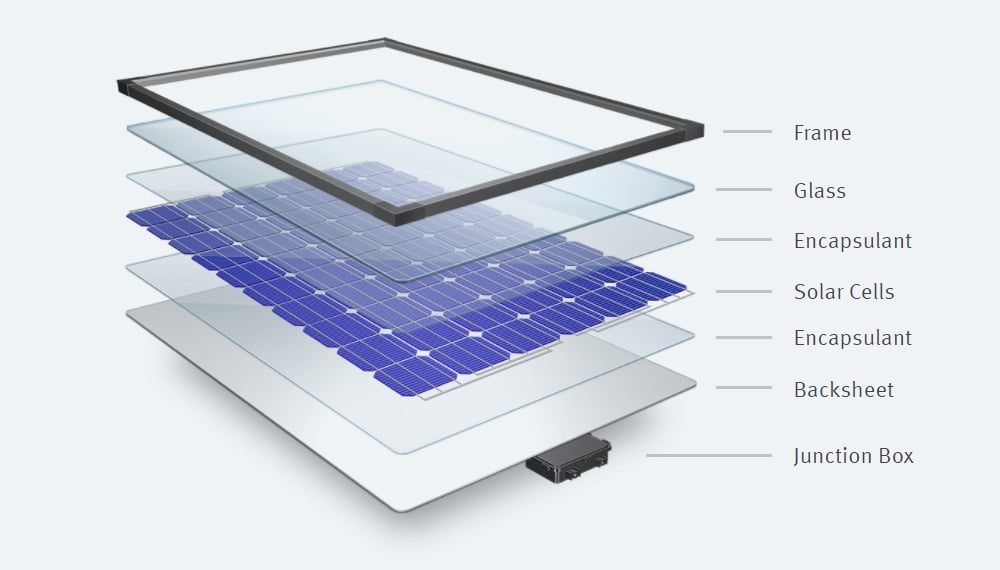
Where are Solar Panels Manufactured?
One way to look at where a panel is made is by taking an inventory of where the individual parts come from while comparing that to where they eventually come together for assembly. Here’s a brief overview of where the main components of a solar panel are manufactured and where they might end up being assembled.

- Cell
- Frame
- Protectants
- Multiple Products
Cells – Silicon
Silicon is the main ingredient in solar cells. China is the world’s top producer of silicon followed by Russia, the United States, and Norway. The individual companies that produce silicon often have facilities spread across many countries making it difficult to trace exactly where a panel’s parts are made, even at a basic material level. Take these companies for example:
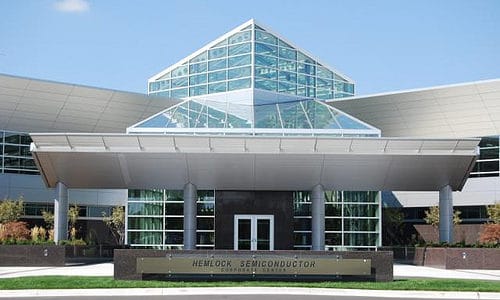
Hemlock Semiconductor is based in Michigan, and owned by The Dow Chemical Company, Corning Inc. and Shin-Etsu Handotai. Their manufacturing facility is in the US with sales offices in Japan and Korea.
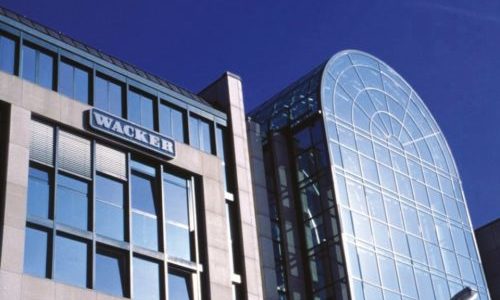
Wacker Chemie is a German company with polysilicon production sites in Germany and the US.
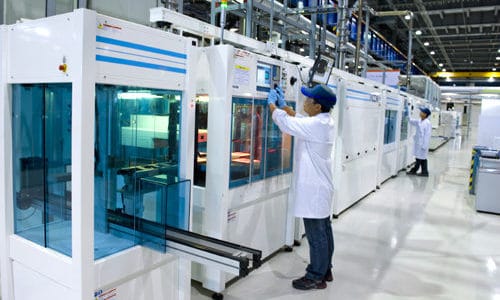
Applied Materials has been based out of Santa Clara, CA since 1974. They are a very global operation with facilities in Canada, Europe, Japan, Israel, China, Italy, India, Korea, Southeast Asia, Taiwan and North America.
Frame – Aluminum
If you think of how a picture frame works, it’s pretty much the same concept of how a solar panel is assembled. A solar panel frame is what binds the glass, cells, encapsulant and backsheet together. Overall, a vast majority of aluminum PV manufacturers are from China. Out of a sample of 80 major frame producers, 59 are based out of China and the rest are scattered across 12 other countries.
Protectants – Glass, Encapsulant, and Backsheet
In a solar panel, the glass, encapsulant and backsheet are important for protecting the silicone cells from weather and exposure. Protectant manufacturing follows the same narrative as the other panel parts. China is still the key player followed by Germany, India, Korea, Japan, and the US.
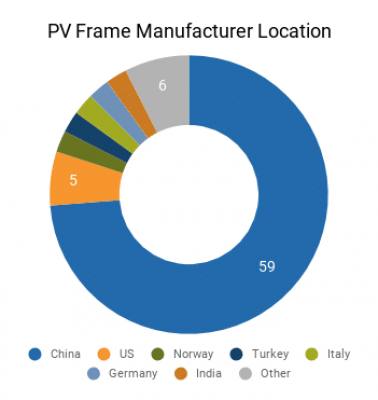
A majority of PV Frames are manufactured in China. This data represents a sample of aluminum frame manufacturers.
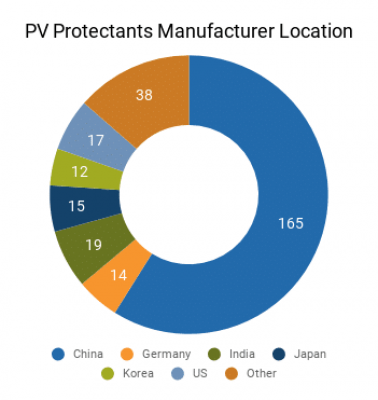
China is the leading manufacturer of PV Protectants, followed by Germany. This data represents a sample of glass, encapsulant, and backsheet manufacturers.
Where are Solar Panels Assembled?
The top 10 solar manufacturers in 2017 are headquartered in four countries, with most concentrated in China. But as you can see, in the diagram below, these companies have a complex web of production facilities across the globe.
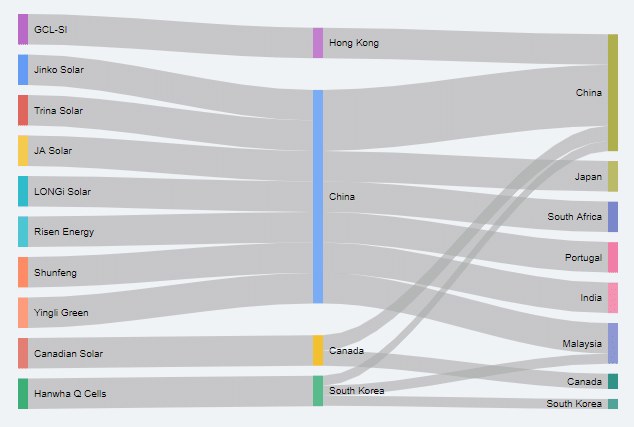
Jinko Solar, who topped the list at number one, has assembly plants in Portugal, South Africa, China, and Malaysia. This goes to show, one manufacturer can have several production facilities within many different countries making it difficult to track exactly where a batch of panels are made. This only adds to the complication of determining where the materials that made those panels were originally sourced from.
Why We Don’t Have American-Made Panels
Does Southern Energy Management install American-made Solar Panels?
Short Answer: We can and have in the past, but right now we generally don’t.
Why Not?
In the first half of this post we hammered home the idea that tracing the heritage of a solar panel to a specific country is somewhere between complicated and impossible. Our point of view is that no solar panel is fully made in America. American solar manufacturers are branded a lot like Ford cars, based on American pride but not necessarily American parts. Just like a 2017 Ford Focus where 60% of the parts come from outside of the US, American-based solar companies assemble their panels in America, but the silicon might be from China, the frame from Norway, and the protectants from India.
Regardless of the validity of the American-made solar panel label–we definitely aren’t against using American-assembled Solar panels. We are, after all, Americans ourselves and we want to support all aspects of the US solar industry! But when it comes down to it, no American solar panels currently meet our standard for warranty and/or are cost-competitive in the North Carolina Solar Market. Let’s take a look at the companies behind a few popular American-made solar options:
Where Do Our Solar Panels Come From?
You might be aware that your iPhone is assembled in China, but do you know (or care) where your NEST, Bose, Google Home, or other gadgets are put together? Chances are, other factors like reliability, performance, and price are higher on your list. They’re at the top of our list as well. As a result, we source panels that are tied to companies that have long term financial stability and have proven, high-performing panels that we feel completely confident installing for our customers.
As your solar installers, we’ll always be your first point of contact to support if there is ever an issue with your solar system. We put our customers’ happiness and satisfaction above all else–so we’ll do whatever we have to in order to make sure our solar systems are performing at or above expectations.
So we have finding a reputable, stable solar panel manufacturer checked. Now how do we narrow down the list of solar providers we work with? As you know, panels come in all types of varieties and across all different price points. We weigh cost and performance above all other factors. Our membership in the Amicus solar cooperative provides us access to panels that meet our standards for performance and reliability, while also shielding us (and you) from the solar tariffs price impact.
Here’s an overview of a few panel manufacturers that are most popular with our customers:
Headquarters: USA / Manufacturing: Singapore
Headquarters: South Korea / Manufacturing: South Korea
Headquarters: South Korea / Manufacturing: Korea, China, and Malaysia
Headquarters: China / Manufacturing: Germany, Hangzhou, Haining, Jiuquan, Thailand and Malaysia
This is not a complete list of what is available to our customers, it’s just a sample of standard panels we work with most often. We have experience in designing custom systems using panels outside of this list, like the frameless, glass-on-glass, translucent Prism Solar panels we used for one custom install. As we’ve said, it all comes down to your pricepoint, project guidelines, and what you’ll be needing from your system.
How to Support American Solar
If you want to support American Solar, or even better North Carolina Solar, use a local solar installer!
If you’re really focused on getting an American-made solar system, you’re in luck. That’s what we design and install everyday for nearly 20 years. As a local, North Carolina based solar company, we are as American as you can get…and so are our systems! SEM solar installations are all completed by our in-house team of Americans, you can rest assured that we don’t contract any of our work out overseas. The truth is that most of the jobs in the US solar industry are in filled by installers and integrators like us, not in solar panel manufacturing. So the best way you can support the US solar industry, and even better, the local North Carolina solar industry is to use a local solar installer for your system. It doesn’t even have to be us!
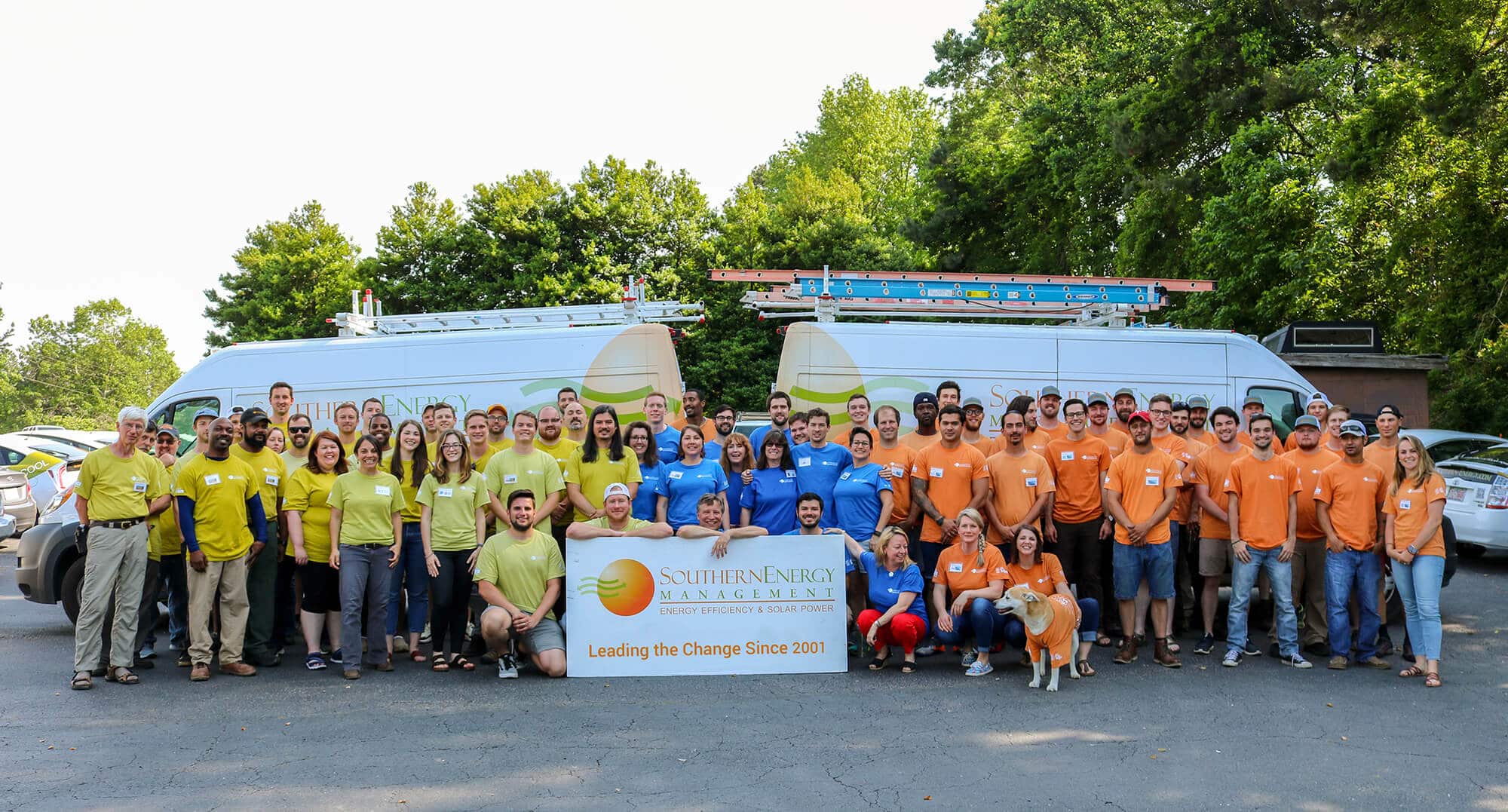
Summing It Up
When it comes down to it, solar panels aren’t made in one location, just like every other electronic in your home. Parts are manufactured all around the world and assembled in different facilities. A manufacturer’s headquarters can be on a different continent than their production facilities, which may also be in a different country than their parent company. No panel is made entirely in America, although some panels are definitely assembled in America. A 100% American-made panel, that’s both manufactured and assembled in the US, is a solar Sasquatch – often looked for and sighted, but rarely confirmed.
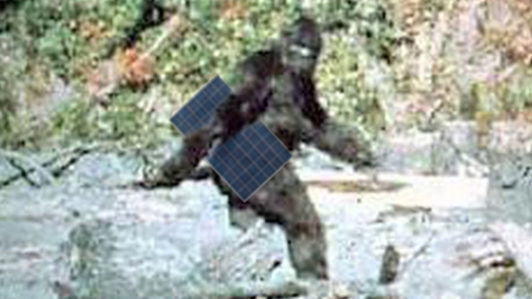
Ultimately, the decision for us of which panels to recommend factors down to performance, price, and reliability. The leading American panel makers, SolarWorld and Suniva, face uncertain futures and have a rocky history. We offer panels by proven suppliers with a solid company foundation knowing they’ll be able to honor their warranties in 25 years. Supporting jobs in the American solar industry can start with your local solar provider. As a North Carolina solar installer, serving our community for nearly 20 years now, we are as local and as American as it gets – and we appreciate your support!
Ready to Get Started?
Schedule a free assessment to learn more about solar power & battery storage for your home.
About Us
North Carolina’s solar power and building performance expert. Founded in 2001, we’ve worked for 20+ years to improve the way people make and use energy.


